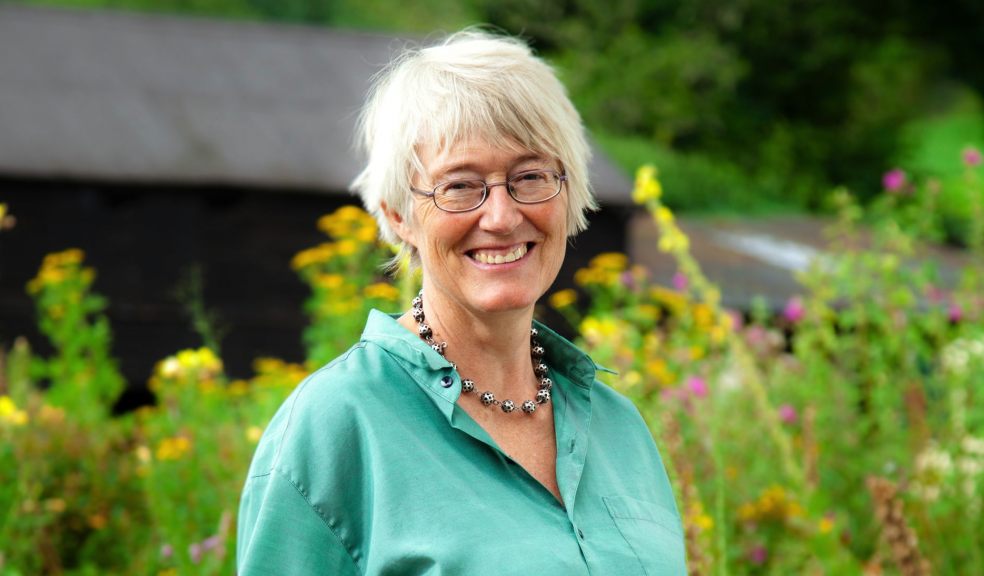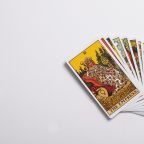
Mary's October Dairy Diary... news from Home Farm
I pretend it’s not happening until autumn is right on top of us. The unstoppable, overwhelming green tide of growth turns round and meekly disappears into the ground.
We get a fiery display as the leaves drain of green, going out in a blaze of glory. Let’s hope for more of the glowing light of September to give October that incandescent quality.
The wet, cold summer gave extraordinary growth to cool country plants, and things that need warmth suffered. Fewer insects - the cows never got besieged with flies - meant that all those insect-eating birds did not thrive. A friend said most of her first hatch of swallows died, the second hatch stayed late, hoping to fatten up on early autumn flies.
They’ve gone now, and the skies are quiet. The difficult summer for insects seems to have made the wild boar niggly; so many slugs to eat would make anyone grumpy. A neighbour phoned, concerned that the wild boar were chasing the fallow deer. I’m not so upset; the deer were looking excessively comfy in Coldharbour Field: even two herds, one of twenty and one of thirty; it’s a lot of extra mouths for our farm to feed when we want to build up the grass to feed cows deep into the winter.
CROPS - the summer gave little warmth to swell the grain. Our winter’s stores have a lot of thin, shrivelled grain in them. The maize crop harvested last month was half the height, with poor grain set. Grain around the world was affected by heat or cold. Our winter stores are looking light, although we have a lot of grass in store and still standing in the field. I’m feeling fortunate that we don’t feed much grain to our cows, and very fortunate that we don’t have grain-eating creatures such as chickens or pigs.
Many farmers have barns less full than we would like. The torrent of straw lorries travelling from the east of the country to the west show we are all gearing up to feed straw to eke out the silage. That will take extra grain to top up, which will be expensive. We are drilling crops with our new ‘one pass’ machine. It gave a lovely level bed and germination in an extraordinary five days with oilseed rape early last month.
You lose so little moisture and organic matter, and leave much more of the intricate life of stable soil untouched. You are meant to get a dip of yield in the first few years as soils recover their structure, and to balance, you spend a lot less time and fossil fuel. That beautiful iridescent carpet of newly emerging crop against the soil looks even more satisfying this year.
GRASS - has been the star this year; our cows have only grazed grass since April. As our hemisphere turns from the sun, even with an Indian summer, the sun is less than half its summer zenith, and the grass cannot be as rich as that grown even on a cloudy summer day. It is growing well this autumn, so we take a little less yield and keep our feed stocks safe against a long winter.
COWS - The autumn cows are settling into milking, looking good on the autumn grass. Our own mix of Friesian, Swedish Red and Montbeliard comes into its own now. They are hardy, happy to graze tightly and have feet that can cope with walking a long way on muddy tracks. Our river stone tracks, which I had thought were great for cows’ feet because of the rounded stones, seem to be giving a little more lameness as the little pebbles get caught in their cloven hooves. Hey-ho, you keep learning, and we are slowly replacing with old road stone, which works better for them.
The spring cows are settling into a handy mob to clean pastures out to leave for good growth to graze in early February, when they will calve again. The dairy heifers are exploring the further reaches of the farm as they graze into the ‘standing silage’ out in far fields. We want to graze them as long as possible. We are slowly improving our fencing to keep the animals in and train them to graze swards right out, rather than eyeing up next door as an easy option.
While we want them to be out as long as possible, with our light forage stocks, we also need to bring them in, the youngest ones soonest, to keep them growing over the winter. In the old days, when farmers relied only on hay over the winter, you would ‘store’ cattle, keep them hungry over the winter, have them mature in three not two years. Three-year-old heifers milk less well, and you’ve got a lot of time when, for example, they are producing methane without producing milk, so now we keep them growing through the winter, and have them calve at two years old.
CHEESE - The curd - new cheese in the vat, before it is moulded - is coming through feeling lovely. October cheese has a richness that comes from the autumn grass and the spring cows coming to the end of lactation. It is a perfect match for rich autumn and winter dishes. We tasted a good run of last year’s October cheese to send off to the US for Thanksgiving and Christmas. The balance and richness of the curd in the vat now, showed up in the rich buttery unfolding flavours of the year-old-cheese; no one flavour dominating, and layers of flavour revealing themselves long after the cheese has left your mouth. It was lovely to demonstrate cheesemaking to the Craft Guild of Chefs last month, and hear how many of these top chefs really enjoy serving and cooking with our cheese.
RECIPE - Lee Maycock, official chef for ‘Star Wars’ and the England football team, cooked a wonderful Spelt Risotto with Quickes Traditional Hard Goats' Cheese for the Craft Guild of Chefs, a warming autumn dish. He cooked some chopped onions in butter till translucent, added the pearled spelt in a rich chicken stock until soft (he did it properly, adding 1/3 at a time) until the liquid is almost absorbed.
At the end, he added grated goats cheese, and stirred in green peas just woken up in boiling water. He seasoned it and served it with slices of goats' cheese on the top. It went very quickly amongst the Craft Guild of Chefs, a lovely dish. Serve with roasted autumn vegetables for a warming and colourful supper.
PRIZES - Our Mild and Extra Mature Cheddar won cups at Frome, Ewes won Gold, Vintage Silver, and Goats a Highly Commended. At the British Cheese Awards, our raw milk cheddar with Cornish Sea Salt won Gold and Best Traditional Cheese, Goats won Gold, Mature and Ewes, Silver and Smoked, Bronze - Happy! Award-winning farmers and cheesemakers www.quickes.co.uk

















